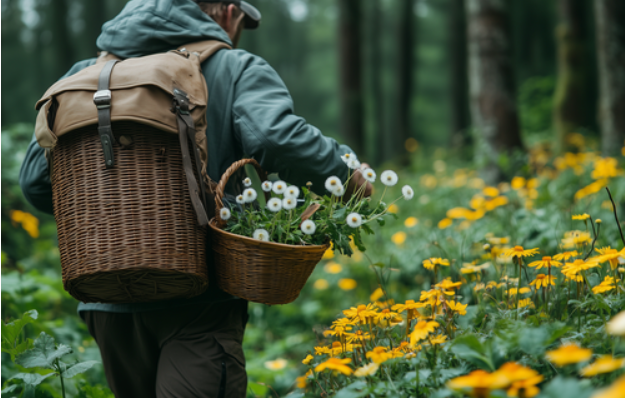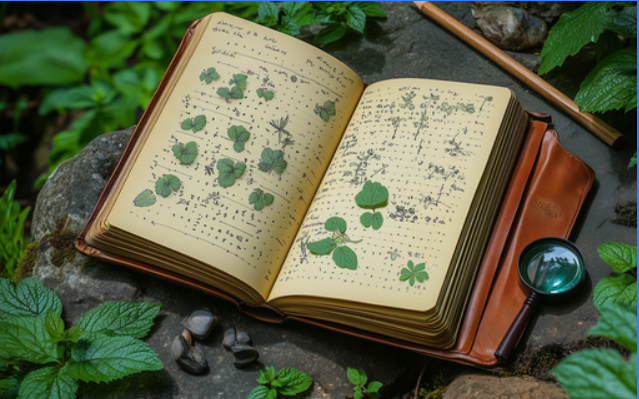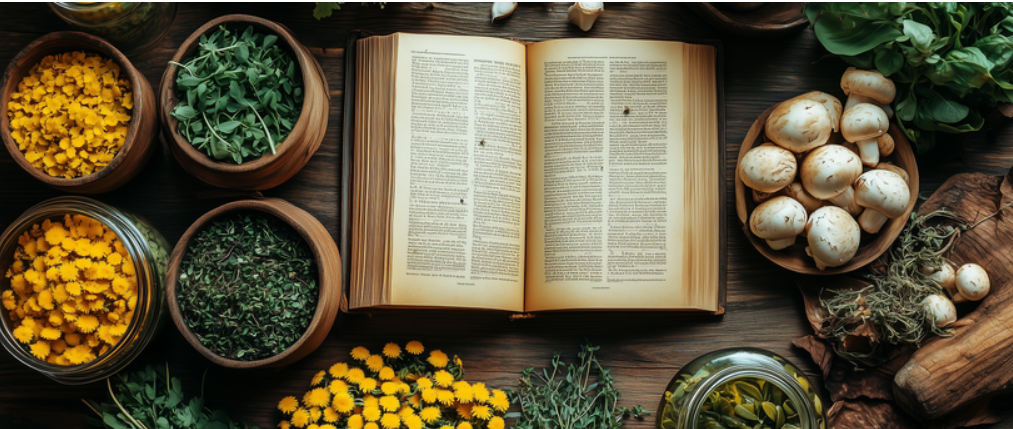Discover the Edible Riches Around You and How to Gather the Free Feast
Have you ever realized that edible wild plants are growing all around us—right in front of our eyes? Imagine stepping outside, heading into the woods or a local park, and returning with a basket brimming with nutritious, fresh ingredients ready to be transformed into delicious meals. “The Forager’s Guide to Wild Foods” offers just that, providing both novices and seasoned foragers with essential knowledge to explore the world of wild edibles.
Co-authored by foraging experts Nicole Apelian and Claude Davis, this guide covers not only plant identification but also the crucial skills needed to safely gather, prepare, and enjoy wild foods.
A Walk on the Easy Wild Side: Getting to Know Foraging
Whether you have years of outdoor experience or are just getting started, this guide is crafted to be accessible to everyone. It’s written in straightforward language, avoiding heavy scientific jargon, making foraging something anyone can easily learn.
- Easy-to-Follow Explanations: The book breaks down information into clear, manageable parts, so readers don’t feel overwhelmed by complex terms.
- Detailed Plant Descriptions with High-Quality Photos: Each plant entry includes both common and scientific names, along with high-quality color photos that help readers confidently identify plants in their natural habitats.
- Insights into Habitat and Growing Conditions: Beyond just identifying plants, the book guides readers on where to find these wild edibles. It describes the habitats and growing conditions for each plant, helping foragers target the most promising locations and understand the best times to harvest.
For instance, if you’re interested in foraging for dandelions, “The Forager’s Guide to Wild Foods” offers a detailed description along with photos of the leaves, flowers, and roots. It notes that dandelions thrive in sunny meadows and lawns and are most plentiful in early spring and late autumn.

A Culinary Adventure with Wild Edibles
“The Forager’s Guide to Wild Foods” is more than just an identification book; it invites readers on a culinary adventure, showing how to turn foraged finds into mouth watering meals.
- Creative Recipes and Preparation Tips: The guide doesn’t stop at plant identification. It includes delicious recipes and preparation methods that highlight wild ingredients in everything from salads and soups to main courses and desserts. This section encourages readers to experiment in the kitchen and discover new ways to enjoy nature’s bounty.
- Preservation Techniques for Year-Round Enjoyment: The book also covers methods for preserving wild edibles, like drying, pickling, and fermenting. These techniques allow foragers to enjoy their harvests all year round in the form of jams, jellies, pickles, and other preserved foods.
- Nutritional Information: Beyond taste, “The Forager’s Guide to Wild Foods” emphasizes the nutritional benefits of various wild plants. It breaks down the vitamins, minerals, and antioxidants in each edible, helping readers make informed choices about incorporating these nutrient-rich foods into their diet.
- Imagine turning everyday dandelions, often considered weeds, into crispy dandelion fritters or pickled greens. The book not only provides these unique recipes but also explains how nutritious dandelions are, packed with vitamins A and C, potassium, and fiber.
Beyond the Plate: A Holistic Approach to Foraging
“Forager’s Guide to Wild Foods” is more than just a guide to wild plant cuisine; it encourages a deeper connection to the natural world and a holistic approach to foraging.
- Therapeutic Uses and Natural Remedies: The book delves into the traditional uses of wild plants for natural remedies, offering insights into how different cultures have used these plants for healing throughout history.
- Ecological Sensitivity: A key theme in the book is understanding the interconnectedness of life. It calls for responsible foragers who are mindful of the ecological balance within ecosystems and the crucial roles plants play. This awareness fosters a deeper appreciation and respect for nature.
- Cultural Significance and Folklore: To enrich the foraging experience, the book explores the cultural history and folklore associated with various wild edibles. Readers learn how different cultures have utilized these plants over the centuries, providing a richer context for their foraging journeys.
Points for the Consideration of Future Foragers
While “The Forager’s Guide to Wild Foods” provides a solid foundation, here are a few must-know tips before you set off on your first foraging adventure:
- Accurate Identification is Key: Mistaking a toxic plant for an edible one can be very dangerous. The book emphasizes the importance of verifying your finds with experienced foragers or using reliable botanical resources.
- Seasonal Variations: Wild plants have specific harvesting windows. The book gives general guidelines, but local conditions can vary. It’s crucial to understand the specific timing for your area.
- Local Foraging Regulations: Be aware of local laws and regulations regarding foraging. Respect private property and protected areas to ensure ethical foraging practices.

Why “Forager’s Guide to Wild Foods” Deserves a Spot on Your Bookshelf
This guide is more than just a book; it’s a doorway to a deeper understanding and appreciation of the natural world around us. Here’s why it deserves a place on your bookshelf:
- Empowerment Through Knowledge: Gain the confidence to identify, harvest, and enjoy wild edibles, fostering self-sufficiency and a deeper connection to nature.
- Expanded Culinary Horizons: Discover a new range of flavors and culinary possibilities with wild ingredients that add a unique touch to your meals.
- Sustainable Food Sourcing: Learn to find nutritious, natural food that grows around you for free, promoting sustainability and reducing reliance on conventional farming.
- A Spiritual Connection with Nature: Cultivate a profound respect for ecosystems and the essential role plants play within them.
More than a guide, “Forager’s Guide to Wild Foods” is an invitation to turn outdoor adventures into culinary and educational experiences, deepening one’s appreciation for the natural world and encouraging a sustainable, adventurous lifestyle. Whether you’re a beginner or a seasoned forager, this book offers valuable insights and tips to make the most of nature’s edible treasures.
Disclaimer: This post may contain affiliate links. If you click through these links and make a purchase, I will receive a small commission at no extra cost to you.

